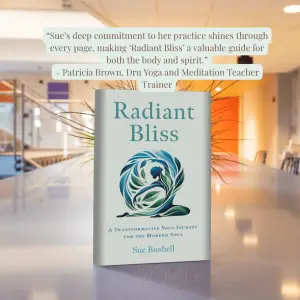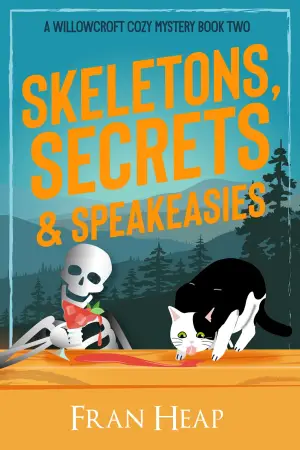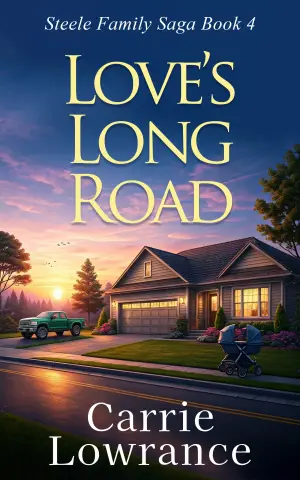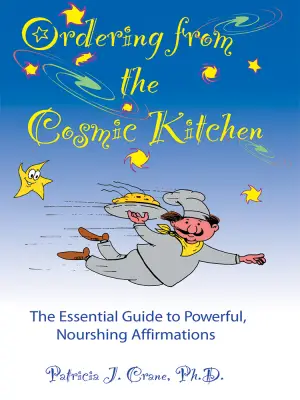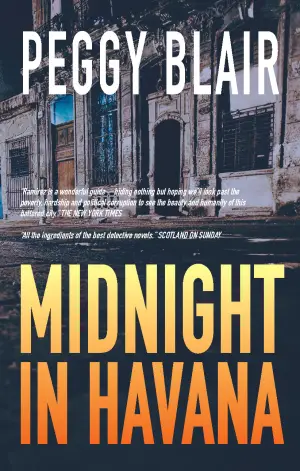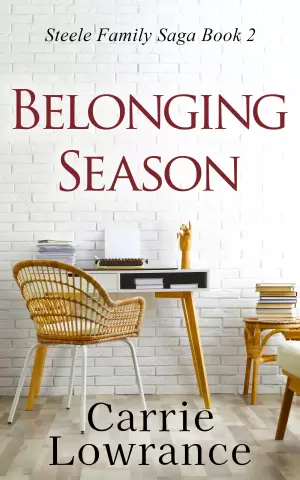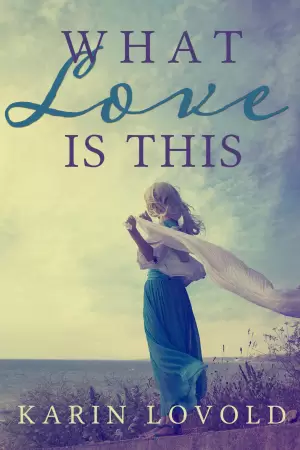Book Review: Kill Your Darlings by Peter Swanson
As a fan of psychological thrillers, I’ve long been captivated by authors who approach the genre with fresh perspectives. Peter Swanson has a knack for juggling tension and character depth, and Kill Your Darlings—with its backwards storytelling—had me intrigued from the get-go. I was curious to see how this unconventional method would unravel the complexities of Thom and Wendy Graves’ seemingly idyllic marriage. Would it be a journey worth taking?
In Kill Your Darlings, Swanson peels back the layers of the Graves’ relationship with a deliberate, slow-burn approach that feels much more like an intimate character study than your typical thriller. It invites us to witness the cracks and shadows in their marriage as Thom grapples with a haunting secret. The timeline unfolding in reverse was initially a leap into the unknown for me. The uncertainty of knowing what lay ahead was disorienting, but as the story progressed, I found that this choice deepened the suspense. Instead of bombastic twists, Swanson’s emphasis is on the character’s internal struggles, especially Thom’s gradual unraveling—each drink a tiny step down a path of buried guilt.
However, this approach does slow the pacing significantly. While I appreciate a good character-driven narrative, I found myself yearning for a bit more propulsion. The absence of shocking twists can be a double-edged sword—there’s a familiar rhythm that numbs some of the excitement, but in this case, it allows for a richer exploration of the couple’s deteriorating dynamics. The tension is palpable, and you can almost feel it seep through the pages as Thom teeters on the brink of chaos.
And then there’s Wendy. Her role adds a fascinating layer to the unraveling story. As Thom’s silent partner in this descent, Wendy embodies both support and manipulation—a compellingly complex character whose intentions seemed just as murky as the secrets they both harbor. Swanson’s portrayal of her plan to “kill her darling” is intriguingly metaphorical, leaving the reader to contemplate what that truly entails within the folds of their relationship.
The writing style here is beautifully evocative, striking a balance between psychological depth and a suspenseful atmosphere. While I found that Swanson’s decision to lay out the story like a puzzle kept me engaged, the book may not fulfill those craving an adrenaline rush. Readers looking for the OH-MY-GOSH moments that might usually characterize thrillers may feel slightly let down.
In the end, while the reveal didn’t hit the exhilarating height I was hoping for, it resonated in its own way, prompting reflection on the nature of secrets and the fragility of love. It’s a compelling read, albeit one that challenges conventional thriller norms.
If you’re in the mood for a thought-provoking journey into the intricacies of a troubled marriage, Kill Your Darlings is worth your time. However, if you prefer books brimming with relentless action and stunning twists, this unique offering might not meet your expectations. For me, it was a reminder that sometimes, the most impactful stories are those that quietly linger long after the last page has turned.
Whether you’re tackling your own darlings or just craving a deeper dive into human relationships, I encourage you to pick this one up. It’s a reflection on intimacy, truth, and the burdens we carry—perfect for those evenings spent curled up with a cup of tea and a curiosity for the psychological labyrinths we often navigate.



